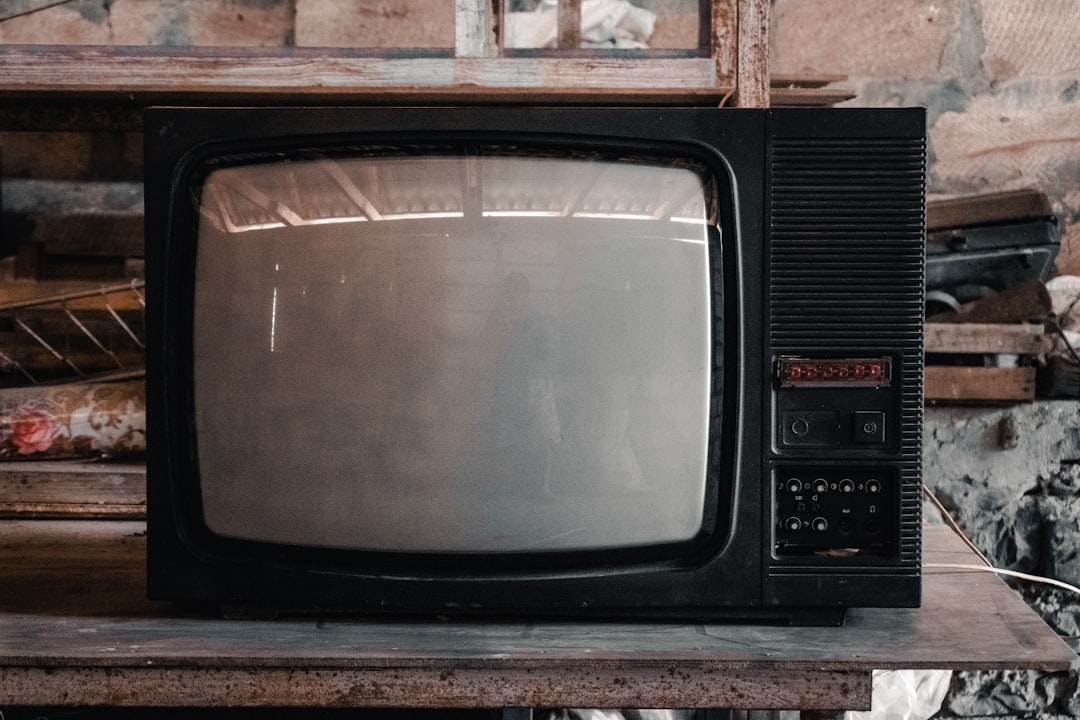The Apple Watch is like having a tiny computer on your wrist. It tracks your health, sends messages, helps you get fit, and even tells the time. But how long does this smart little buddy last? Let’s find out together!
What Does “Last” Really Mean?
First things first. When we ask how long an Apple Watch lasts, we could mean a few different things:
- How long before the battery gets weak?
- How long until it no longer gets software updates?
- How soon before it starts to slow down?
- When will it break or wear out completely?
Let’s look at each of these to get the full picture.
Battery Life: The First to Show Its Age
The battery is often the first part of your Apple Watch to get tired. Apple says the battery can last about 18 hours on a single charge when it’s new. That’s enough for one day of normal use.
But over time, the battery starts to lose power. Tiny batteries like the ones in your watch wear out faster than phone batteries. On average:
- In the first year, your battery works great.
- By the second year, it might start to fade a bit.
- After 3 to 4 years, many people notice a big drop in battery life.
Some folks get their batteries replaced. That can give your watch new life!
Fun Fact: You can check your battery health under Settings > Battery > Battery Health, just like on an iPhone.

Software Updates: When Support Ends
Apple usually gives software updates to devices for a long time. But not forever. Older watches stop getting the newest features after a few years.
Here’s a rough idea of how long each model gets updates:
- Apple Watch Series 1 & 2: Around 3 years of updates
- Series 3: Got updates for about 5 years!
- Series 4 and newer: Still supported (as of 2024)
So if your watch is more than 5 years old, it may not get the newest tricks and security patches.
Performance: Still Smooth or Slowing Down?
Apple Watches are made to last a while. But as the software gets fancier, it needs more power. Older models can start to feel slow when running big updates or brand-new apps.
You might notice:
- Apps take longer to open
- Touchscreen feels less snappy
- Lag when scrolling or switching screens
That’s not because your watch is lazy. It’s just having a hard time keeping up with the latest tech.
Physical Wear and Tear
Let’s be real — watches take a beating. You bump them against walls, wear them in the rain, and sometimes forget they’re even on your wrist!
Here’s how good the Apple Watch is at aging gracefully:
- Screen: Made of tough glass, but it can still scratch or crack
- Band: Easy to replace if it gets dirty or breaks
- Body: Aluminum models scratch more easily than stainless steel or titanium
If you take care of it, your Apple Watch can look shiny and new for years!

Real-Life Lifespan (The Honest Timeline)
Now, let’s get to the real question. How many years can you expect your Apple Watch to actually work well?
On average:
- 1–2 years: Like new! Fast, fresh, and stylish.
- 3–4 years: Battery might fade, but still useful.
- 5–6 years: Slower software, fewer updates, older battery.
- 7+ years: You’ve entered “collector” territory!
Some people upgrade after just two years for the newest features. Others hang on for five or more!
Can You Make It Last Longer?
Yes! With a little care, you can extend the life of your Apple Watch. Here are a few smart tips:
- Charge it gently. Don’t let the battery drop to 0% too often.
- Update software regularly to keep it secure and smooth.
- Remove unused apps to reduce power drain.
- Clean it once in a while — both the band and the screen.
- Use protective cases if you’re rough on your tech.
You don’t have to baby it, but a little TLC goes a long way.
What About Buying a Used Watch?
Great question! If you’re thinking about getting a used Apple Watch, make sure to check these things:
- Battery health: Ask the seller or test it out yourself
- Model number: See if it still gets updates
- Physical condition: Check for scratches or cracks
Used watches can be a great deal, but aim for a model that’s no more than a couple of years old.

When Should You Replace It?
You don’t have to get a new one every year. If it still works well and does what you need, stick with it!
But you might want to upgrade if:
- The battery dies fast, even with light use
- You can’t install new apps
- It’s too slow and keeps freezing
- You’re missing out on new health features or safety tools
Newer models come with fun stuff like fall detection, crash detection, better GPS, and even sensors for blood oxygen!
Final Thoughts: A Smart Companion That Lasts
The Apple Watch isn’t just a gadget — it’s your health coach, planner, and message buddy. Most Apple Watches can keep up with you for about 4 to 6 years if you take care of them.
That’s not bad for something that lives on your wrist every single day!
So whether you’re rocking the latest model or still wearing a trusty Series 4, keep it charged, keep it clean, and let it help you live better — one tap at a time.


